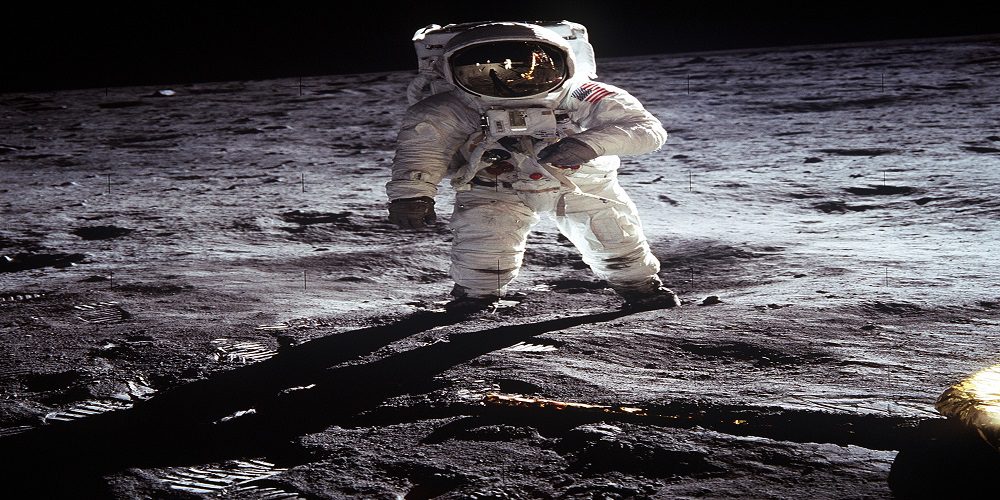Are you ready to embark on a journey beyond your wildest dreams? Look up at the night sky and imagine a future where humanity has charted its path to the stars. From breathtaking rocket launches to awe-inspiring discoveries, space exploration has always captivated our minds and hearts. But what lies ahead for us in this cosmic endeavor? In this blog post, we dive into the remarkable advancements in space technologies that are propelling us toward an extraordinary era of discovery and innovation. Buckle up as we explore the promising future awaiting us among the stars.
Introduction to Space Technologies
Space technologies are constantly evolving and becoming more sophisticated. From early tools like the telescope to modern-day satellites, space technologies have come a long way. Today, space technologies play an important role in our everyday lives, from providing communications and weather information to helping us map the universe.
In the future, space technologies will only become more advanced and important. New developments in propulsion and construction techniques will allow us to build bigger and better spacecraft, enabling us to explore deeper into space than ever before. We may even one day establish colonies on other planets or moons.
Whatever the future holds, one thing is certain: space technologies will continue to play a vital role in our lives and help us chart a path to the stars.
Recent Advancements in the Field
Thanks to the private sector’s renewed interest in space exploration, there have been a number of recent advancements in space technologies. One area that has seen significant progress is reusable rocketry, with companies like SpaceX and Blue Origin successfully landing and reusing rockets for multiple launches. This reduces the cost of reaching orbit, making it more feasible for small businesses and startups to get involved in the space industry.
Other promising advancements include 3D printing technology for constructing spacecraft components, and electric propulsion systems that are more efficient than traditional chemical engines. These new technologies are making it possible for spacecraft to be built faster and cheaper than ever before, opening up the possibility of routine missions to deep space destinations like Mars and beyond.
As the costs of accessing space continue to fall, we can only imagine what new discoveries and innovations will be made possible in the coming years. Exciting times lie ahead for the field of space exploration.
The Potential Applications of Space Technologies
There are many potential applications for space technologies. One potential application is using space technologies to help us better understand and protect our planet. For example, satellites can be used to monitor environmental conditions, such as the destruction of rainforests. Space technologies can also be used to improve telecommunications and navigation, and to monitor and predict weather patterns.
Another potential application for space technologies is in the field of medicine. For example, astronauts on long-duration missions are exposed to high levels of radiation, which can cause health problems. However, by studying how astronauts’ bodies respond to radiation, we can gain a better understanding of how to protect people from the harmful effects of radiation exposure. Additionally, microgravity environments provide an ideal environment for conducting experiments on cellular level processes that could not be replicated on Earth. These studies could lead to breakthroughs in the treatment of diseases such as cancer.
Space exploration itself is a potential application for space technologies. As we continue to explore our solar system and beyond, we will need ever-more advanced technologies to enable us to do so safely and efficiently. For example, new propulsion systems will be needed to travel longer distances at faster speeds; new sensors and communications systems will be needed to allow us to gather data and communicate with one another over vast distances; and new habitat designs will be needed to provide adequate shelter and support for crews during long-duration missions. All of these advances will not only make future space exploration possible, but they will also lead to breakthroughs in a variety of other fields as well.
How Can We Use These Technologies?
There are many ways that we can use these space technologies to benefit humanity. For example, we can use them to help us better understand our universe and how it works. Additionally, we can use these technologies to improve communication and transportation here on Earth. And, finally, we can use them to protect our planet from harmful asteroids and other space debris.
Impact on Everyday Life
In the coming years, space technologies will have a profound impact on everyday life.
From communications and transportation to energy and medicine, space technologies will touch every aspect of our lives. Here are just a few examples of how space technologies will make our lives better:
• Communication: advances in satellite technology will allow us to stay connected no matter where we are in the world. We’ll be able to make calls, send texts, and access the internet from anywhere on the planet.
• Transportation: reusable rockets and spacecraft will make travel to and from space more affordable and achievable than ever before. This could lead to routine trips to the moon or even Mars becoming a reality in our lifetimes.
• Energy: solar panels and other renewable energy sources collected in space can be used to power homes and businesses on Earth, helping us wean ourselves off of fossil fuels.
• Medicine: microgravity research aboard the International Space Station has led to breakthroughs in treating diseases like cancer. In the future, space technologies could help us find cures for some of the most devastating illnesses afflicting humanity.
What Can Be Achieved Through Further Research?
In the current era, space technologies have become commonplace and are relied on for a number of applications, including navigation, communications, weather forecasting, and environmental monitoring. However, there is still much to be explored in terms of the potential of space technologies.
Further research into space technologies has the potential to yield a number of benefits. For example, more efficient and accurate navigation systems could be developed, which would have a range of applications from improved transportation safety to more precise targeting of humanitarian aid. Additionally, new methods for communications and data transmission could be created, which would enable faster and more reliable communication between people and devices. Further understanding of the environment beyond Earth’s atmosphere could be attained, leading to improved environmental management and protection.
It is clear that there are many potential benefits that could be achieved through further research into space technologies. By continuing to explore the possibilities offered by these technologies, we can make progress towards achieving a number of important goals.
Conclusion
The potential of space technology is truly astounding, and the progress we have made over the years has been simply remarkable. However, there is still much more to be done, such as finding ways to make space exploration and science affordable for everyone. While significant investments are needed in order to develop more reliable technologies and create a sustainable path into the future of space technologies, it’s quite clear that humanity’s greatest ambitions will come true if scientists unite forces with individuals from all backgrounds in order to push this exciting sector forward.



































